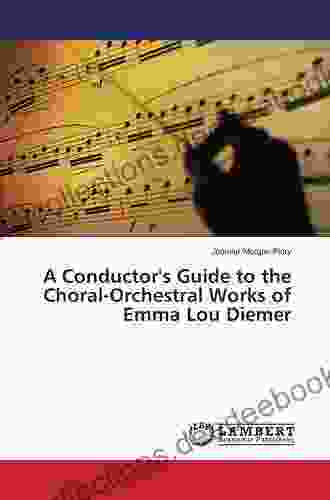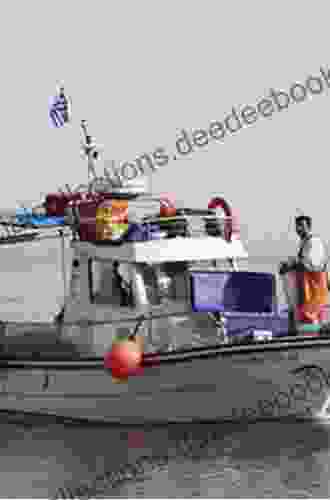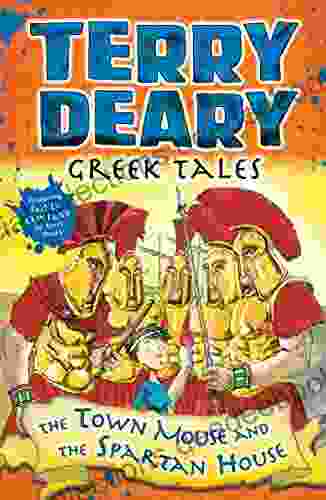The Conductor's Guide to Choral Orchestral Works

Choral orchestral works present a unique set of challenges and rewards for conductors. These works combine the forces of a choir and an orchestra, creating a rich and complex soundscape. However, conductors must carefully consider a number of factors in order to ensure a successful performance.
5 out of 5
| Language | : | English |
| File size | : | 3965 KB |
| Text-to-Speech | : | Enabled |
| Enhanced typesetting | : | Enabled |
| Word Wise | : | Enabled |
| Print length | : | 324 pages |
| Screen Reader | : | Supported |
Score Study
The first step in preparing a choral orchestral work is to thoroughly study the score. This involves not only understanding the notes and rhythms of the music, but also the composer's intentions. Conductors should pay attention to the following elements of the score:
- Tempo and dynamics: These markings indicate the speed and volume of the music. Conductors should be aware of the overall tempo of the work, as well as the specific tempo changes that occur throughout the piece.
- Articulation: These symbols indicate how the notes should be played. Conductors should pay attention to the type of articulation used (e.g., legato, staccato),as well as the specific articulations that are used for each instrument.
- Phrasing: These lines indicate how the music should be grouped into phrases. Conductors should be aware of the overall phrasing of the work, as well as the specific phrases that are used for each instrument.
- Instrumentation: These markings indicate which instruments are playing at any given time. Conductors should be aware of the overall instrumentation of the work, as well as the specific instruments that are used for each section.
- Text: If the work includes a text, conductors should carefully study the words and their meaning. This will help them to understand the composer's intentions and to interpret the music accordingly.
Rehearsal Planning
Once the conductor has thoroughly studied the score, they can begin to plan rehearsals. It is important to create a rehearsal schedule that allows for sufficient time to cover all of the material. Conductors should also consider the following factors when planning rehearsals:
- The level of experience of the singers and instrumentalists: Conductors should adjust the rehearsal schedule and difficulty of the material based on the experience level of the performers.
- The amount of time available for rehearsals: Conductors should be realistic about the amount of time they have available for rehearsals and plan accordingly.
- The goals of the rehearsals: Conductors should identify the specific goals they want to achieve in each rehearsal. This will help them to focus the rehearsal and make the most of the time available.
Communication with Singers and Instrumentalists
Effective communication is essential for a successful choral orchestral performance. Conductors should be able to clearly communicate their musical intentions to the singers and instrumentalists. This involves using clear hand gestures, verbal cues, and body language. Conductors should also be patient and willing to answer questions from the performers.
Performance Practice Issues
Conductors must also be aware of the performance practice issues associated with choral orchestral works. These issues include:
- Balance: Conductors must carefully balance the sound of the choir and the orchestra. This can be a challenge, especially in large works with a lot of instrumentation.
- Intonation: Conductors must ensure that the singers and instrumentalists are singing and playing in tune. This can be a challenge, especially in works with complex harmonies.
- Ensemble: Conductors must ensure that the singers and instrumentalists are playing together as an ensemble. This involves coordinating the timing, dynamics, and articulation of the performers.
- Stagecraft: Conductors must be aware of the stagecraft issues associated with choral orchestral works. This includes the placement of the choir and orchestra on stage, as well as the movement of the performers during the performance.
Conducting choral orchestral works is a challenging but rewarding task. By carefully considering the factors discussed in this article, conductors can prepare and perform these works to the highest possible standard.
5 out of 5
| Language | : | English |
| File size | : | 3965 KB |
| Text-to-Speech | : | Enabled |
| Enhanced typesetting | : | Enabled |
| Word Wise | : | Enabled |
| Print length | : | 324 pages |
| Screen Reader | : | Supported |
Do you want to contribute by writing guest posts on this blog?
Please contact us and send us a resume of previous articles that you have written.
 Chapter
Chapter Text
Text Story
Story Genre
Genre E-book
E-book Magazine
Magazine Newspaper
Newspaper Paragraph
Paragraph Bookmark
Bookmark Shelf
Shelf Bibliography
Bibliography Synopsis
Synopsis Annotation
Annotation Footnote
Footnote Manuscript
Manuscript Codex
Codex Tome
Tome Classics
Classics Narrative
Narrative Biography
Biography Autobiography
Autobiography Memoir
Memoir Encyclopedia
Encyclopedia Thesaurus
Thesaurus Narrator
Narrator Character
Character Librarian
Librarian Catalog
Catalog Card Catalog
Card Catalog Stacks
Stacks Research
Research Scholarly
Scholarly Reserve
Reserve Journals
Journals Reading Room
Reading Room Special Collections
Special Collections Interlibrary
Interlibrary Literacy
Literacy Thesis
Thesis Awards
Awards Scott Burk
Scott Burk Natasha Kaufman
Natasha Kaufman Joanna Trollope
Joanna Trollope Bill Gardner
Bill Gardner Glenway Wescott
Glenway Wescott Katherine Beckett
Katherine Beckett Shristuti Srirapu
Shristuti Srirapu Sara Mills
Sara Mills Rand Paul
Rand Paul David Muggleton
David Muggleton Dannielle Blumenthal
Dannielle Blumenthal Meiso
Meiso Adnan Trakic
Adnan Trakic Katarzyna Grabska
Katarzyna Grabska Samuel Stein
Samuel Stein Dr Guy Roberts
Dr Guy Roberts Aaron Sahr
Aaron Sahr Bryan Washington
Bryan Washington Jimmi Mayes
Jimmi Mayes Lee Kochenderfer
Lee Kochenderfer
Light bulbAdvertise smarter! Our strategic ad space ensures maximum exposure. Reserve your spot today!
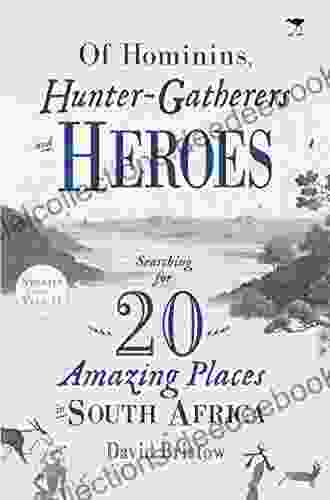
 Aaron BrooksOf Hominins, Hunter-Gatherers, and Heroes: Unveiling the Tapestry of Human...
Aaron BrooksOf Hominins, Hunter-Gatherers, and Heroes: Unveiling the Tapestry of Human... Griffin MitchellFollow ·5.2k
Griffin MitchellFollow ·5.2k Earl WilliamsFollow ·8.7k
Earl WilliamsFollow ·8.7k Dion ReedFollow ·14.7k
Dion ReedFollow ·14.7k Fletcher MitchellFollow ·13.3k
Fletcher MitchellFollow ·13.3k Joseph HellerFollow ·5.1k
Joseph HellerFollow ·5.1k Christian CarterFollow ·5.2k
Christian CarterFollow ·5.2k Eddie BellFollow ·9.2k
Eddie BellFollow ·9.2k Damon HayesFollow ·7.4k
Damon HayesFollow ·7.4k

 Andy Hayes
Andy HayesEmbracing Now: Embark on a Mindfulness Journey for a...
In a world...
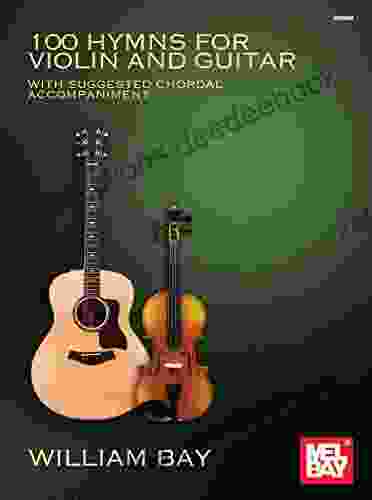
 Heath Powell
Heath Powell100 Hymns for Violin and Guitar: A Comprehensive Guide to...
The violin and...

 Floyd Richardson
Floyd RichardsonBark In The Park: Poems For Dog Lovers
Dogs are our best...
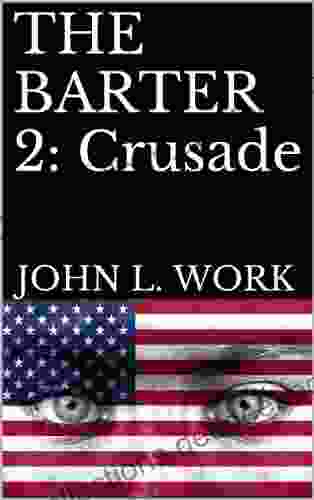
 Douglas Adams
Douglas AdamsThe Barter Crusade: A Journey into the Realm of Exchange...
In a world driven by monetary transactions,...

 Nathaniel Hawthorne
Nathaniel HawthorneInsight Guides Explore Nice & the French Riviera...
Prepare to embark on an unforgettable journey...
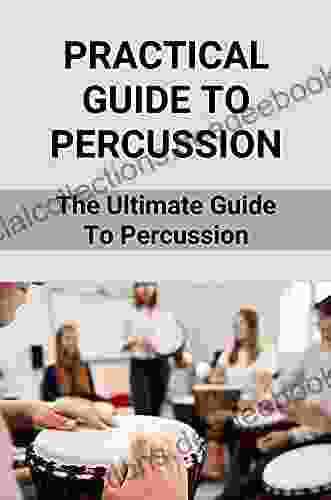
 Carlos Fuentes
Carlos FuentesThe Ultimate Practical Guide to Percussion: Exploring the...
Embark on a journey into the enchanting...
5 out of 5
| Language | : | English |
| File size | : | 3965 KB |
| Text-to-Speech | : | Enabled |
| Enhanced typesetting | : | Enabled |
| Word Wise | : | Enabled |
| Print length | : | 324 pages |
| Screen Reader | : | Supported |


